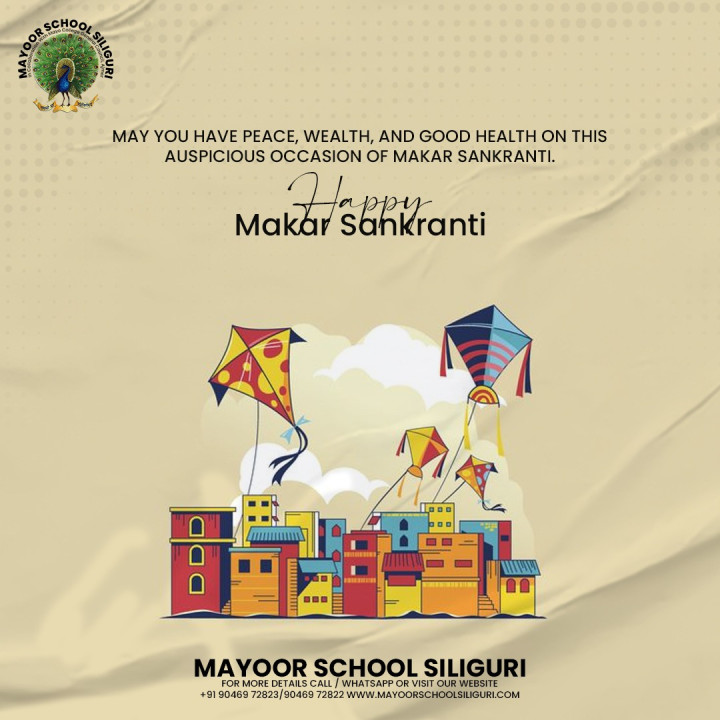
“Makara,” the zodiac sign of Capricorn, marks the sun’s transition into Capricorn, signifying the beginning of longer days and the end of the winter solstice. This auspicious occasion offers a cornucopia of lessons for students, blending the wisdom and knowledge of our ancestors with the revelations of modern science. We are talking about “Makar Sankranti,” a festival celebrated with sweetness and unbounded enthusiasm across India. This festival is far from ordinary, as it beautifully combines tradition, spirituality, and astronomical significance.
Observed in myriad forms across the country, Makar Sankranti is a festival steeped in rituals and values that hold profound life lessons. Be it Lohri in Punjab, Pongal in Tamil Nadu, or Uttarayana in Gujarat — the festival underscores unity in diversity. But what can students glean from these traditions?
As the proverb goes, “Gratitude turns what we have into enough.” The preparation for Makar Sankranti often involves meticulous planning, from cleaning homes to preparing delicacies like sesame (“til”) and jaggery (“gur”) sweets. These practices teach students the importance of discipline and express gratitude for the bounty of nature.
The festival’s bonfires and the symbolic exchange of til-gur remind us to “forget the bitterness of the past and embrace sweetness.” For students, this is a gentle nudge to shed grudges, negative thoughts, or fears, and embrace positivity as they advance in their academic and personal lives.
As students fly their own metaphorical kites, they should remember Helen Keller’s words: “Alone we can do so little; together we can do so much.” The vibrant tradition of kite-flying during this period symbolizes aspirations soaring high but also underscores collaboration and the joy of sharing.
Scientific Insights: A Cosmic Classroom
Makar Sankranti is not merely a cultural event but also an astronomical marvel. The Sun’s northward movement signals longer days and increased sunlight, a phenomenon celebrated since ancient times. What can students learn from the science underpinning this festival?
As Heraclitus once remarked, “The only constant in life is change.” Just as the Sun transitions into Capricorn, students should embrace the inevitability of change. Life is a dynamic process, and adaptability is a cornerstone of success.
Scientifically, this period brings increased exposure to sunlight, which fosters vitality and productivity. For students, it is a call to action — a time to recharge their mental and physical energies to excel in their pursuits.
The agrarian roots of Makar Sankranti teach us to respect and coexist with nature. The festival’s connection with the harvest season and crops like sugarcane, sesame (til), and rice highlights humanity’s dependence on nature for sustenance. It serves as a poignant reminder for students to value sustainability and environmental consciousness — principles that are more relevant now than ever.
Makar Sankranti: More Than Science or Tradition
As Oprah Winfrey wisely said, “The more you praise and celebrate your life, the more there is in life to celebrate.”
Makar Sankranti, with its kaleidoscope of traditions and celestial significance, is much more than just a festival — it is a reflection of life’s profound truths. Just as every successful flight of a kite ???? brings joy, students at the best school in Siliguri learn to celebrate every milestone in their journey, no matter how small.
At Mayoor School Siliguri, renowned as the best boarding school in Siliguri, we believe in nurturing resilience and paying tribute to the indomitable spirit that keeps us moving forward. Let’s celebrate the spirit of learning, growth, and success this Makar Sankranti! ????✨
Read More Article: Cooperative Learning in Classroom